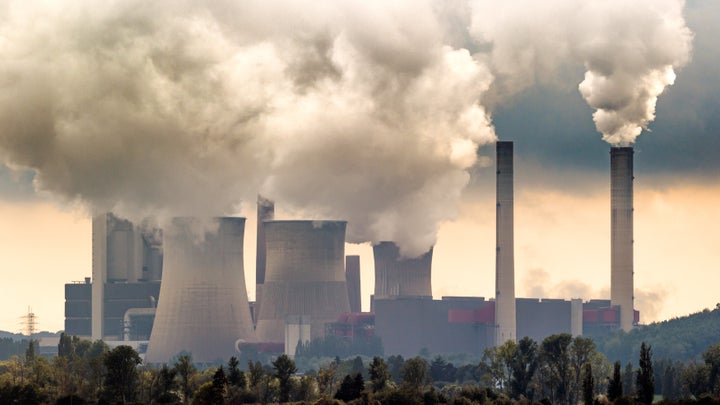
On 10 January, Environment Minister Harsh Vardhan launched the National Clean Air Programme (NCAP), aimed at tackling the growing problem of air pollution in the country.
The five-year programme, which will begin this year and has a corpus of Rs 300 crore, will be implemented in 102 Indian cities. It aims to reduce PM2.5 and PM10 concentration by 20-30% by 2024.
“Overall objective of the NCAP is comprehensive mitigation actions for prevention, control and abatement of air pollution besides augmenting the air quality monitoring network across the country and strengthening the awareness and capacity building activities,” Harsh Vardhan said when the initiative was launched.
But climate activists say that the plan is unlikely to make much difference to the abysmal air quality in many Indian cities. The reason, according to a Greenpeace report, is that the government used outdated numbers to arrive at the list, understating the magnitude of the problem.
While the programme aims to reduce pollution levels by 20-30% from 2017, Ministry of Environment, Forest and Climate Change used data from 2011-2015 to decide which cities it would be implemented in.
According to the report, titled Airpocalypse III, almost half the cities in India that violate air pollution norms have been left out of the list.
Left out
The report says that 2017 air pollution data for 313 cities and towns showed that 77% of them (241 cities) had PM10 levels beyond the National Ambient Air Quality Standards (NAAQS) prescribed by the Central Pollution Control Board (CPCB).
“It would have made more sense if the NCAP was based on data from 2017. Then it could have included all the cities that we found to have poor air pollution levels. All the 241 cities that we found to have high levels of pollution belong on the list of ‘non-attainment’ cities where action is required,” Sunil Dahiya, a Greenpeace campaigner and the report’s author, told HuffPost India over the phone.
‘Non-attainment’ list refers to the list of 102 cities were NCAP will be implemented—this count leaves out at least 139 cities where Greenpeace India found high air pollution levels, including Meerut, Ranchi and Jabalpur.
Each winter, while most news stories focus on the air quality in Delhi, much of northern India is covered in a thick layer of smog. The NCAP’s list includes many problem cities like Chandigarh, Varanasi, Kolkata, Gaya and Patna but leaves out others.
The infrastructure to monitor air pollution, said Dahiya, is also lacking in many places.
“Uttar Pradesh has 75 districts. We found air pollution data for only 22 districts in the state from 2017. If there was infrastructure to measure air pollution in the other 50 odd districts, then it would tell a different story.”

How much of a difference will it make?
Based on 2017 numbers, the Greenpeace report found that air pollution levels are so high in 153 cities, even a 30% reduction in air pollution won’t help them meet NAAQS, let alone WHO standards.
One alarming finding from the study is that even if PM10 levels in Delhi are reduced by 30%, they will still be about 168 µg/m3, almost three times the national standard of 60µg/m3.
Like in Delhi, where much of the problem is caused by factors outside the city limits, the Greenpeace study says that much of the pollution in the “non-attainment” cities originates from outside of city limits.
An IIT Kanpur study on Delhi air pollution had sought cleaning up of emissions by power plants within a 300-km radius of Delhi. There are 13 such power plants within 300 kms of Delhi.
“This is why a point-based approach, limited with the municipal boundaries won’t help,” said Dahiya.
NCAP will also be launched in 43 smart cities—interestingly, the data showed that based on 2017 PM10 levels, 65 out of 100 proposed “Smart Cities” actually fall under the non-attainment category.
“To make smart cities livable, it has to have clean air. While with water, the privileged have moved to drinking bottled water, one can’t escape polluted air. Everyone from the rich to the poor have to breath the same air,” said Dahiya.
Way forward
Dahiya said that since NCAP was a dynamic document that could be changed, the cities left out should be included in it. The Greenpeace activist also called for the government to use the latest data and take the problem of air pollution problem more seriously.
Calling its implementation a big challenge, Dahiya said, “NCAP has not been notified, so it does not have a legal binding. Hence if cities flout the norms, no legal action can be taken against them. There needs to be strong political will to clean up air, which is something the NCAP will find difficult to ensure.”